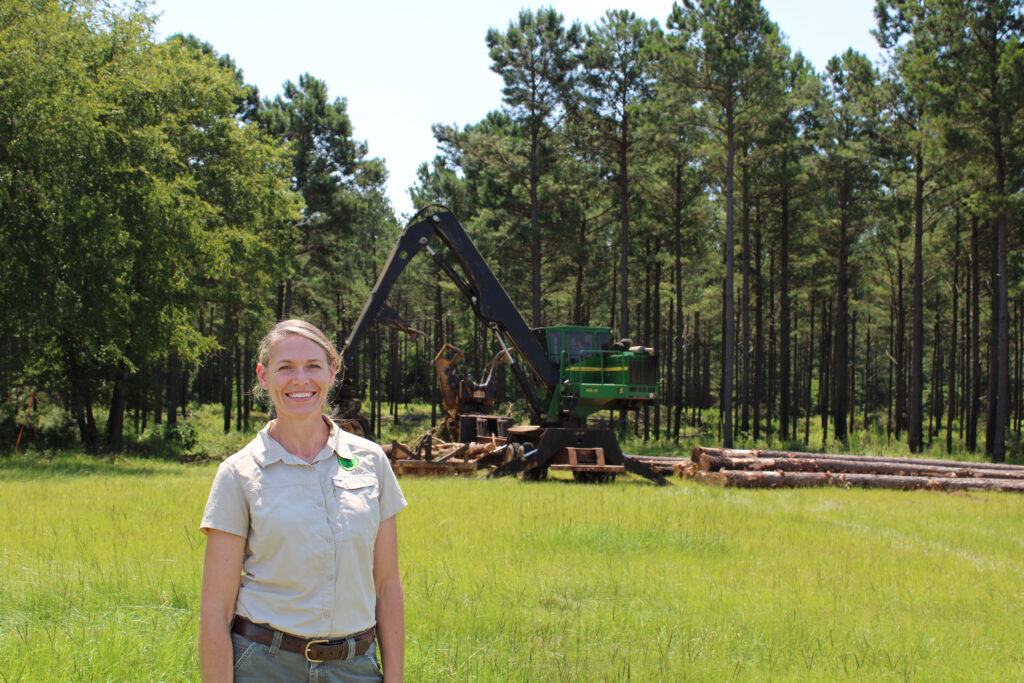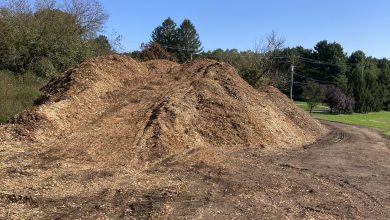Exploring Employment in Tree Care and Maintenance Services

Tree service work involves more than just cutting branches or removing trees. It is a specialized field that combines safety awareness, environmental knowledge, and technical ability. Workers in tree service jobs are responsible for assessing tree conditions, managing risk, operating heavy equipment, and promoting the overall health of trees in both urban and rural environments. Jobs range from entry-level ground operations to skilled climbing and consulting roles. Those who enjoy physical work, changing scenery, and contributing to community safety may find long-term fulfillment in this line of work.
Tree service companies often hire workers throughout the year, though hiring tends to increase in the spring and early summer months. Common entry points include positions such as ground technician, chipper operator, or driver. These roles provide exposure to the fundamentals of the job, including brush handling, tool preparation, and site cleanup. Over time, employees can gain access to training in climbing, pruning, and equipment operation. Many employers seek individuals with strong situational awareness, the ability to follow instructions, and a willingness to work in challenging conditions.
Formal education is not required for most entry-level jobs, but coursework in horticulture, forestry, or environmental science can be an advantage. Basic familiarity with tree anatomy, soil properties, and pest identification helps new workers understand their tasks in a broader ecological context. Some vocational programs include hands-on tree care modules or short-term certifications. For example, the Community College of Aurora Environmental Horticulture program outlines a curriculum that covers tree biology, plant health, and landscape maintenance practices.
One of the most respected qualifications in this field is the Certified Arborist designation, offered by the International Society of Arboriculture (ISA). To earn this credential, individuals must pass an exam and demonstrate at least three years of practical experience. Certification signals a commitment to professionalism and safety, and it may lead to supervisory roles or specialized work in diagnosis and tree risk assessment. Some tree care workers also pursue licensing for pesticide application, particularly those involved in plant health care or invasive species management.
Tree service jobs require physical endurance and comfort with outdoor work. Employees may need to climb, lift heavy materials, and work in variable weather conditions. Tree removal, in particular, demands precision and coordination to avoid property damage or injury. Workers must understand rigging techniques, safe equipment use, and site assessment. Many companies provide in-house training to teach these skills, while also emphasizing the importance of communication among crew members during each task.
Opportunities are available with both private companies and public institutions. Municipal departments often hire tree care staff to maintain urban canopies, manage street trees, and respond to storm damage. These roles may require union membership or civil service testing, depending on the location. To learn more about public-sector opportunities related to tree care, the U.S. Forest Service employment page lists seasonal and full-time positions related to forestry and natural resource management.
Compensation in tree care varies depending on experience, region, and job type. Entry-level wages are typically hourly, with opportunities for overtime. More advanced roles, such as climbing arborists or equipment operators, can command higher rates. Benefits may include paid training, healthcare coverage, and access to certification programs. For those with leadership abilities, career paths may lead to crew supervision, operations management, or consulting.
The tree service field offers a combination of stability and growth potential. As communities continue to prioritize green space maintenance and environmental safety, the need for qualified tree care professionals remains steady. Individuals who are willing to learn, follow safety standards, and build technical expertise can create a meaningful and sustainable career working with trees.








